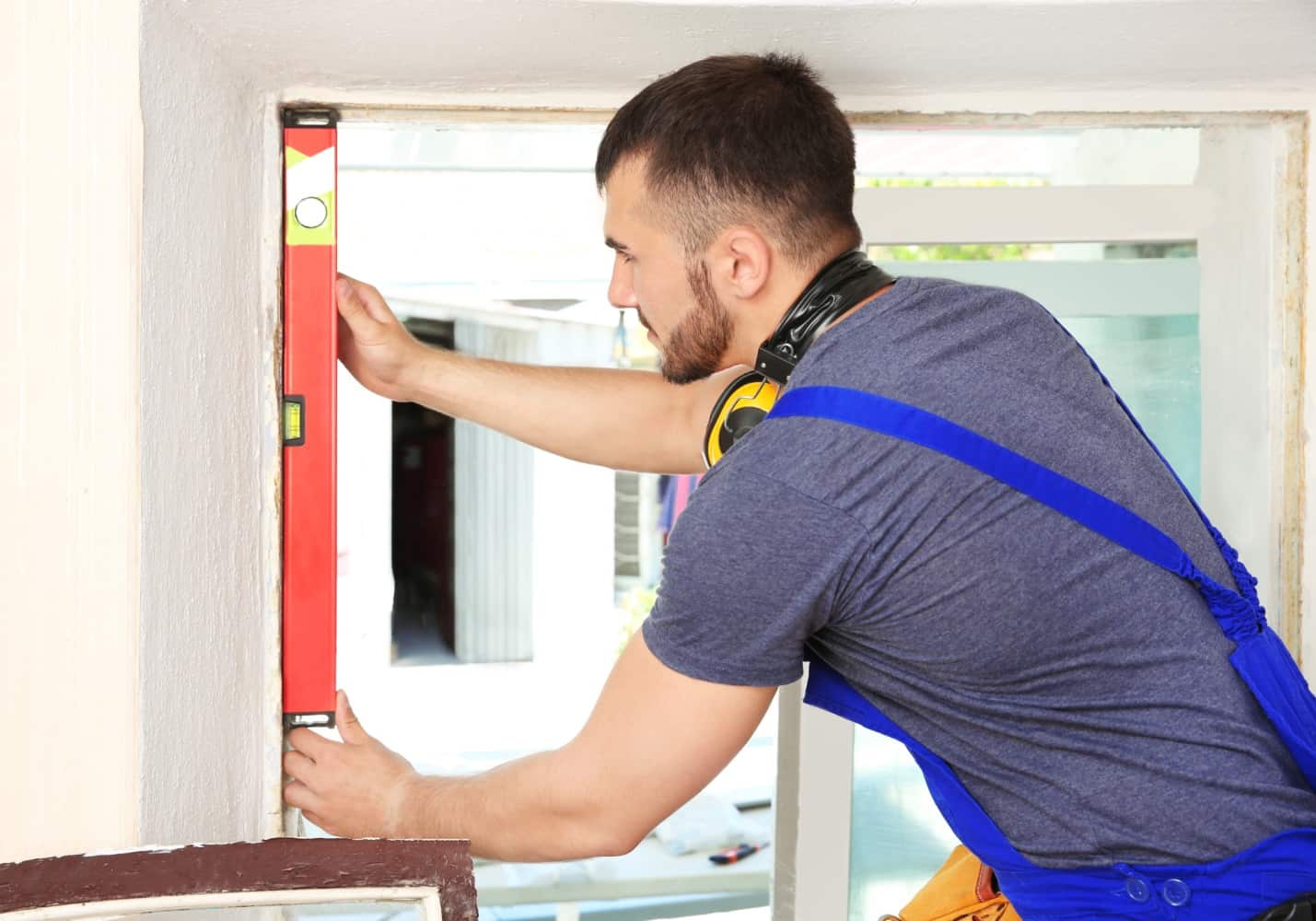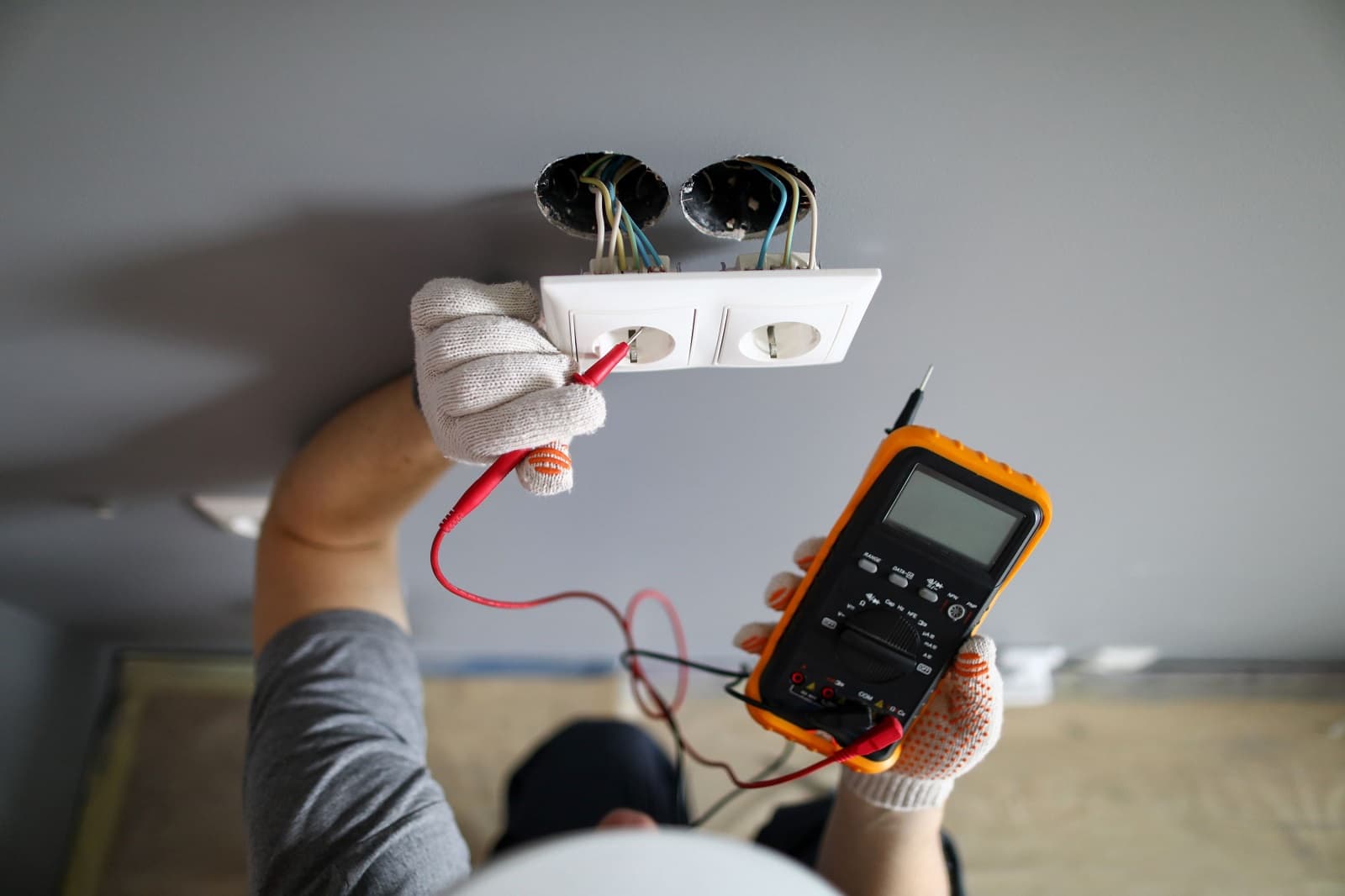Read on to learn about new construction vs. replacement windows to make an informed decision about replacing your windows here.
In the US, the price of new construction windows can be as low as $85 to as high as $1,400. Purchased in individual units, they can cost less than replacement windows. If you add the costs to install them though, they can be twice more expensive.
That said, it’s vital that you know when to choose new construction vs replacement windows. Yes, both are new products and both provide the same ventilation functions. However, they differ when it comes to structure and the type of house they should go into.
If you’re unsure which one you should get, this post will help you to figure out the difference between the two.
Both Types of Windows are “Brand-New” Windows
New construction windows and replacement windows are both brand-new products. However, the primary use of the former is for buildings that are still under construction. Their installation, after all, requires a wall that isn’t completely built yet.
Whereas replacement windows are for finished homes with complete walls and window frames. You only need to remove the old windows and then fit the replacement ones in their place. In most cases, you don’t need additional construction for replacement windows.
New Construction vs Replacement Windows: The Structural Difference
We call them “new construction windows” because they are mostly for new buildings. That’s because a part of these windows — the nailing fin — needs to go inside the wall.
A nailing fin is a thin sheet of metal that makes up the entire exterior perimeter of a window frame. This is then directly nailed and secured inside the wall studs. Wall studs are framing materials hidden inside the walls of your home.
This is why you need an unfinished wall to install a new construction window. You need exposed wall studs to attach the nailing fin to. You can only finish building the rest of the wall after securing the window frame onto the studs.
There are no nailing fins in replacement windows. Instead, they have smooth sides that allow for easy insertion on existing frames. Once inserted, you simply fasten them to the frame with nails, screws, and caulk.
This is the main difference between new construction and replacement windows. If there’s a piece of metal extending from the window, then you have a new construction window. If it’s smooth-sided, that’s a replacement window.
Using New Construction Windows for Existing Homes
There are some cases wherein you can (or should) use new construction windows for an existing home. Here are some examples.
New Rooms and Home Additions
You’d need new construction windows for room additions and home extensions. You can’t use replacement windows for these since you don’t have any existing nailing fins yet.
Severe Decay on Existing Window Frames
New construction windows may be better for homes with decaying window frames. These problems are common in older homes, such as the 38% of owner-occupied homes in the US. built before 1970.
If there’s considerable decay on your existing window frames, it’s best to replace them. Severe rotting usually signals compromised structural integrity. Decayed frames may be too weak to support new windows and could even collapse under the extra weight.
Termite-Infested Homes
If you’ve recently seen a termite swarm at home, get in touch with a pest control service ASAP. Swarms often mean that an infestation has been going on for three to five years. Worse, this means that they’ve fed on a considerable portion of your home.
That said, you want to get the termites out of your home first before buying any kind of window. The pest exterminators can also tell you if your window frames are still in good condition. Once you know, you can decide between replacement windows vs new construction windows.
Replacement Windows: Usually the Best Bet for Existing Homes
To install new construction windows in a finished home, you need to expose the studs inside the wall. This means removing existing exterior wall materials, such as trim and siding. So, unless you have decayed or termite-infested window frames, stick to replacement windows.
Here are some of the signs that it’s time to invest in replacement windows.
Age-Induced Symptoms
Window materials and proper installation affect window life span, which can be 10 to 30 years. If your windows are nearing or past their expected service life, they’re likely rattling a lot. They may have also warped due to their constant exposure to heat, cold, and moisture.
Your old windows may also have developed leaks and drafts, which is why they’re always frosting up. Keep in mind that air leaks can account for 30% or more of your home’s heating and cooling expenses.
In this case, you can swap your old windows with new replacements so long as their frame is still in good condition. This will get rid of the noises and also reduce the air leaks you have at home.
You Have Single-Pane Windows
A study found that it can cost as much as $875 to heat a home with single-pane windows. That’s about 30% higher compared to the cost of heating a home with double-paned windows.
If you have a bigger budget, replace your single-pane windows with triple-glazed ones. Triple-paned windows could be up to 16% more energy-efficient than the double-paned variant.
Invest in the Right Type of Windows for Your Home
There you have it, your complete guide to new construction vs replacement windows. Again, new construction windows are primarily for new homes, extensions, and additions.
Whereas replacement windows are for finished homes with intact window frames. If you have healthy window frames and wall studs, you should go with replacement windows.
Ready for more design and improvement ideas for your living space? Then be sure to bookmark and follow our site so you can always come back for more guides like this!






